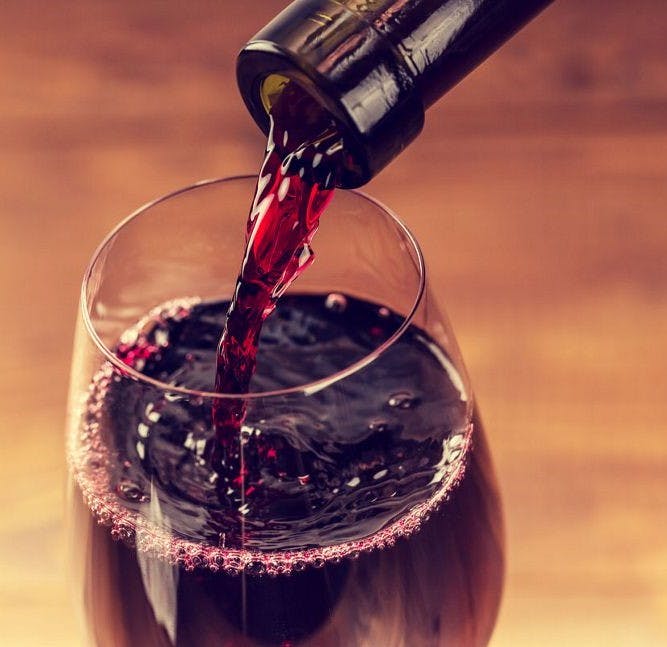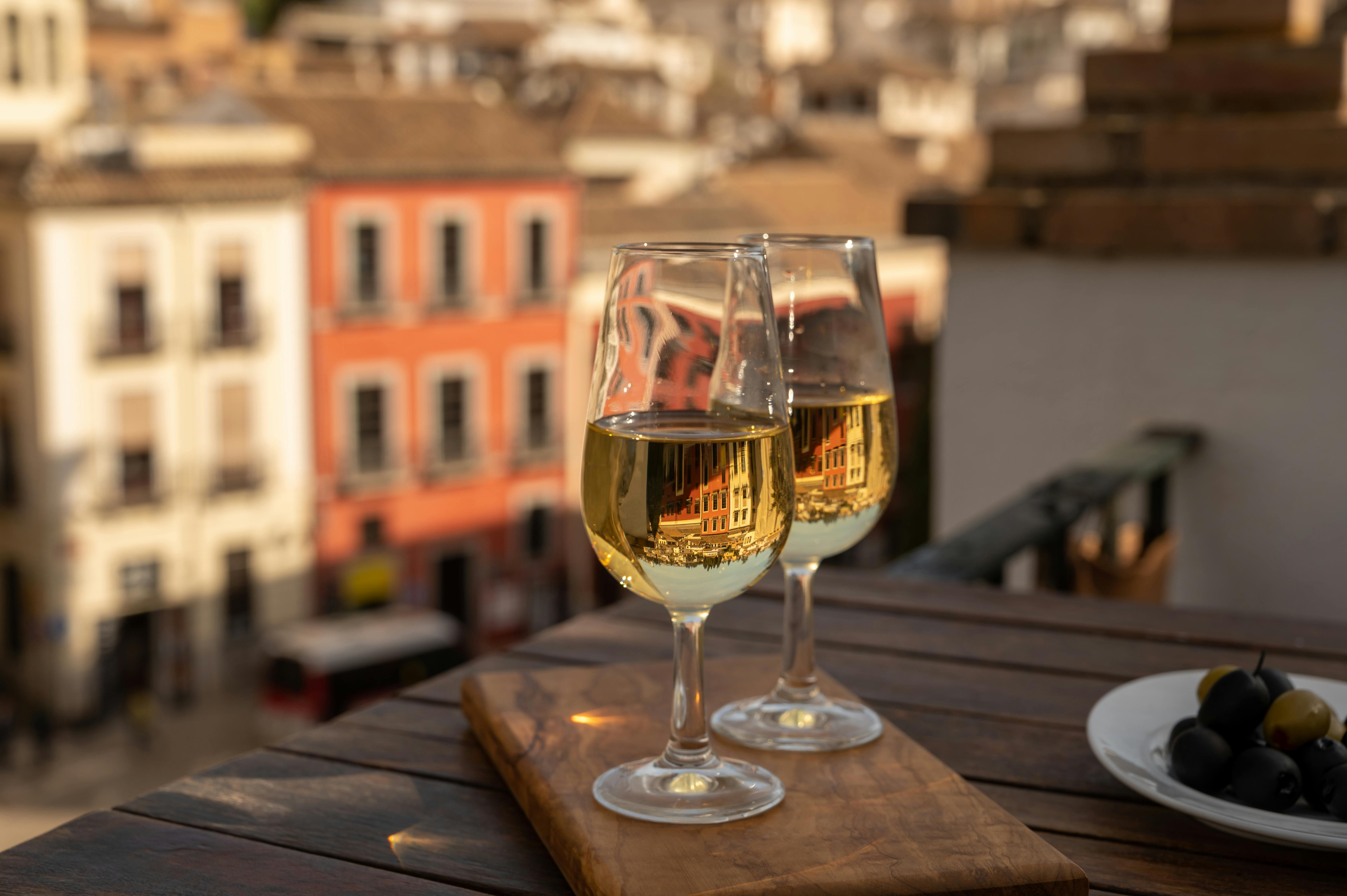You’ll Fall in Love with Wine in Bordeaux
Wandering the French city’s cobblestone streets, I encounter the striking neo-classical façade of the Grand Théâtre de Bordeaux. I pass pâtisseries, stopping to ogle stacks of burnished caramel canelés, the tempting two-bite treat that’s a specialty in the region. I pop into L’Intendant near the Opera building, a wine shop famous for its spiral staircase, which twirls heavenward and is lined with the best Bordeaux selection in town. Finally, I locate the entrance to Bar à Vin, a Bordeaux hidden gem, revered among the locals and run by the adjacent Conseil Interprofessionnel du Vin de Bordeaux (CIVB or Bordeaux Wine Council). It’s a great place to start a wine country virtual tour: they pour bottles from every region and quality level.

Bordeaux Is Not Just Wine, It’s a Way of Life
Mention your travels encompass Bordeaux wine country and friends envision lavish chateaux, fine wine and Michelin-starred dinners. People associate this corner of southwest France with an aspirational lifestyle. Four centuries of wine growing will do that: precision in the vineyards and cellars has given way to a global love affair with its structured, age-worthy reds.
Silversea’s Wine Ambassador Lawrence d’Almeida confirms the wines are guest favorites: “We stock Bordeaux on all our ships,” he says. “It is by far the fine red wine category most in demand. I cover all the great appellations.”

History of Wine in Bordeaux
Bordeaux wasn’t always a famous wine destination; the region’s vaunted vineyards once held swamps. Though ancient Romans cultivated vines, documentation of Bordeaux’s establishment as a wine region stems to 1152 when Eleanor of Aquitaine married the future king of England. This cemented the romance between London and Bordeaux, leading to vigorous vinous trade by the 1300s. As prosperity, commerce and the population grew, 16th-century Dutch engineers, who were by then avid consumers of the fermented liquid, devised a plan to drain the swamps and marshes in the Médoc, north of the city of Bordeaux, for quicker transport of barrels. This act forever changed the landscape.
By the late 1600s, appellations and brands had developed on newly revealed gravel soils. Chateaux familiar to oenophiles today began establishing their reputations, and consumer familiarity with regions and their characteristics grew. In other words, Bordeaux had quite the head start.

Perched at the stylish bar, I scan the menu. From the list of appellations marked on a map, I pick a few options to sample in small, two-ounce pours. Knowing the general dichotomy of style based on location and grapes allows me to make a few assumptions. From the southwest side or Left Bank of the Gironde River, expect Cabernet Sauvignon-dominant reds; from the northeast side of the Gironde, or Right Bank, anticipate mostly Merlot. The expert shorthand boils down to Left Bank versus Right Bank. The five red varieties allowed and commonly used in blends are Cabernet Sauvignon, Cabernet Franc, Merlot, Petit Verdot and Malbec.
On the Left from the Médoc, the most important appellations are Pauillac, Saint-Estèphe, Saint-Julien, Margaux and Haut- Médoc. On the Right, Pomerol and Saint-Émilion.
But I’ve tasted my share of Bordeaux reds. I wanted to explore a few whites—a category filled with bright, lively wines frequently ignored. I asked the waiter for selections from Graves and Entre-Deux-Mers.

While modern drinkers associate Bordeaux with red, dry whites represented 60 percent of production in the 1950s. Today, they represent around 7 to 8 percent. The finest Bordeaux blanc, made up of Sémillon and Sauvignon Blanc, typically come from Pessac-Léognan, a smaller area within Graves, immediately to the south of the city. Pessac producers often age their whites in oak, like California Chardonnay, lending them the structure and complexity for long-term cellaring. These types of wines also command more money. Notable brands include Château Haut-Brion, Château Pape Clément, Château Carbonnieux. Entre-Deux-Mers, on the other hand, provides a good value-for-money alternative. Wines are lighter, fresher and can be enjoyed earlier with local seafood specialties like oysters.
The most famous aspect of Bordeaux’s wine industry, however, is not value, but prestige. To wit: the unusual and enduring 1855 classification of estates. This historic ranking, commissioned by Napoleon III for a world’s fair, organized Sauternes and top Left Bank estates into five classes, or growths, based on market price fetched at the time. Classified chateaux are referenced as Grand Cru Classés (GCC) with properties like Château Margaux and Château Latour at the top.
Other classifications have followed. In 1953, Graves used similar criteria to bring recognition to their best producers, including Ch. Haut-Bailly and Château Bouscaut. Saint-Emilion conducted its first classification in 1955. Pomerol, given its fame, and economic success, and relatively small number of Châteaux, never bothered.

There’s More to Bordeaux Than First Growth Chateaux
Bar à Vin lists several GCC wines, but I’m looking for alternatives. While
A second category, for example, is Cru Bourgeois. For my next round of tastings, I pick a few Cru B labels from Médoc. The server returns with three, each a deep shade of ruby. I smell the first one, swirling it a bit in my glass to release the aroma. Cedar and blackberry spring to mind, as well as forest and fresh berries.
Some would argue Cru B is Bordeaux’s best-kept secret. The classification captures properties excluded from the famous 1855 ranking that nevertheless make fine wine. But the first, second, and third growths are what people know best. These chateaux are the reason wine lovers fly from America, Japan, and China to snap photos in front of storied facades like Chateau Lafite Rothschild.

Go Back in Time at Château Bouscaut
One beautiful property open to visitors is Château Bouscaut. Dating back to the 17th century, the romantic facade of ivy-clad stone, adorned with turrets and topped in a classic gabled roof, transports visitors to yesteryear. Surrounding Bouscaut, neat rows of vines unfurl across the top of Cadaujac, a commune left of the Garonne River. A GCC of Graves since 1953, the property was bought by the Lurton family in 1979. Today, they produce elegant whites and sturdy reds, which can be enjoyed in a cellar tasting or paired with cheese or other foods. For the latter, whites are served with a jar of marinated sturgeon while reds are matched to local pigeon and unctuous foie-gras.
To sample local wines in Bordeaux, I head to Aux Quatre Coins du Vin. It’s a wine bar that pours up to 40 labels by the glass and is always popular with locals. I order a fizzy Crémant rosé, Bordeaux’s answer to Champagne, and a plate of fresh-sliced, glistening charcuterie.




















